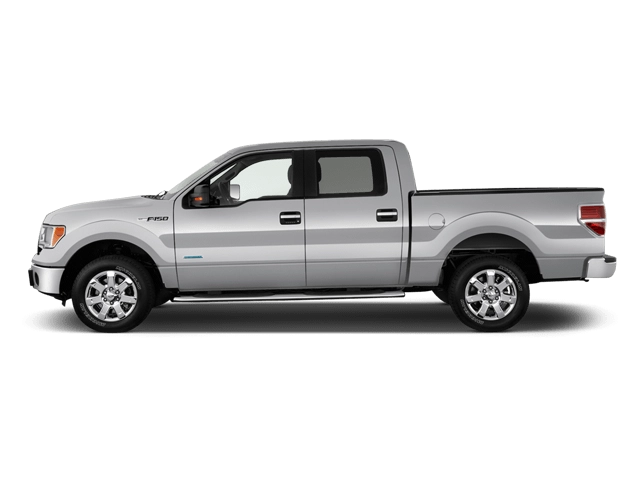2022 Ford F150 Owner's Manual

Table of Contents
2022 Ford F150 Overview
Introduction
The 2022 Ford F-150 stands as a benchmark in the full-size pickup truck segment, combining rugged capability with advanced technology and luxury. Whether you're heading to the job site, towing a trailer, or enjoying a weekend adventure, the F-150 is designed to handle various tasks with remarkable ease and style. With its powerful presence, the 2022 model continues to build on the storied legacy of America’s best-selling vehicle, providing versatility that appeals to both work and play enthusiasts.
Powertrains
The 2022 Ford F-150 offers a diverse range of powertrains to suit different driving needs. The lineup begins with a robust 3.3-liter V6 engine, delivering dependable power and efficiency. For those seeking more torque, an available 2.7-liter EcoBoost V6 offers turbocharged performance. Additionally, there’s a 5.0-liter V8 for traditional truck aficionados, and an impressive 3.5-liter EcoBoost V6 for maximum towing capabilities. New for 2022, the F-150 introduces a hybrid variant featuring a 3.5-liter V6 paired with an electric motor, providing both power and improved fuel efficiency, making it a forward-thinking choice for environmentally-conscious drivers.
Trims
The F-150 is offered in multiple trims, including the basic XL, the stylish XLT, the luxurious Lariat, the powerful King Ranch, and the off-road-ready Raptor. Each trim presents unique features that cater to different lifestyles, from the practical workhorse to the high-end luxury models laden with technology and comfort amenities, ensuring that every driver can find their perfect match.
Features
Inside, the 2022 Ford F-150 is packed with state-of-the-art technology and comfort. Notable features include an advanced infotainment system with a large touchscreen display, Ford’s Co-Pilot360 suite for enhanced safety, and optional features like the SYNC 4 system, wireless charging, and premium sound systems. Additionally, its spacious cabin and available luxury features make for a comfortable driving experience, perfect for long hauls or daily commutes.
Owners Manual
The comprehensive owner’s manual for the 2022 Ford F-150 serves as an invaluable resource for new owners, detailing everything from vehicle operation and maintenance schedules to troubleshooting tips and safety guidelines. It ensures that drivers can maximize their ownership experience while keeping the F-150 running smoothly and efficiently over the years.
User manual download
The Ford F150 owner manual for the 2022 model year is to be found in PDF downloadable format on this page. The owner manual for the model year 2022 is free and in English, but the repair manuals are usually not easy to get and may cost more.
Manual Questions
Fill the form below and someone will help you!

